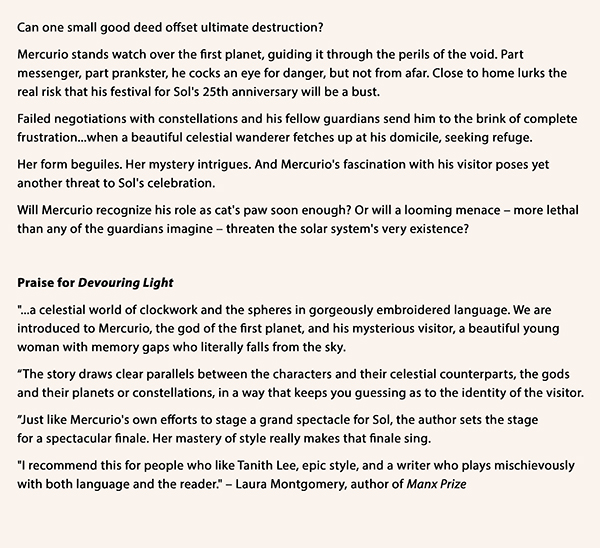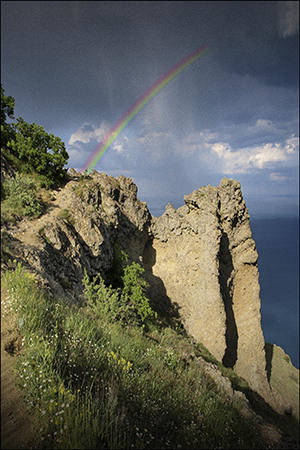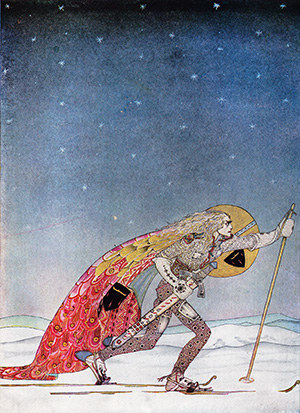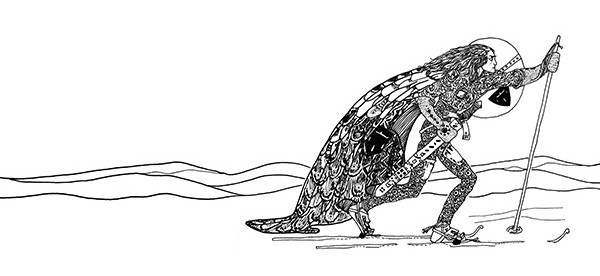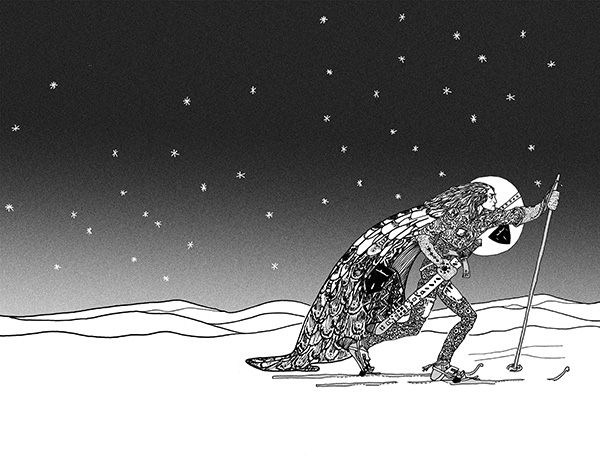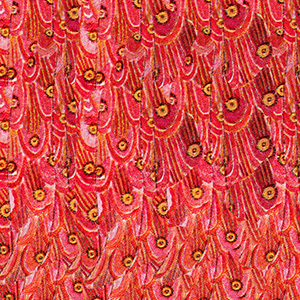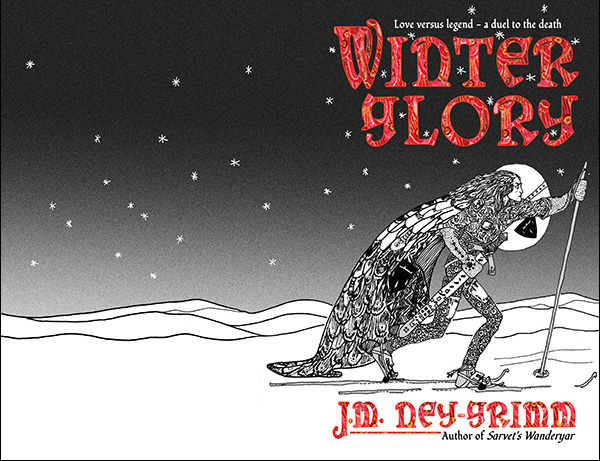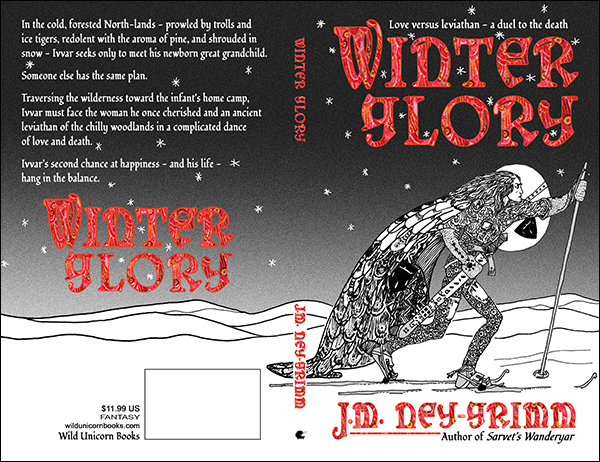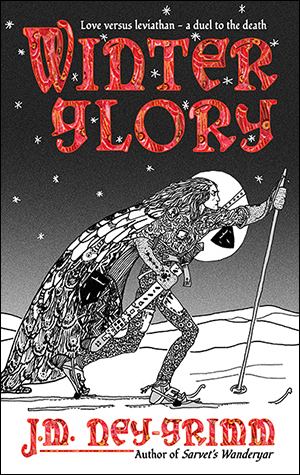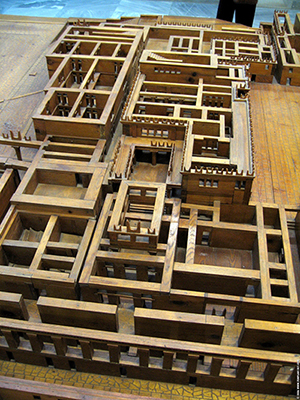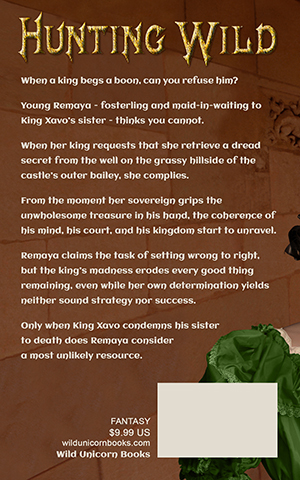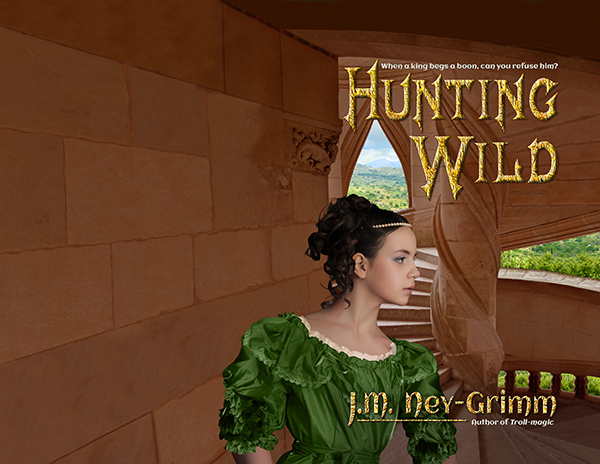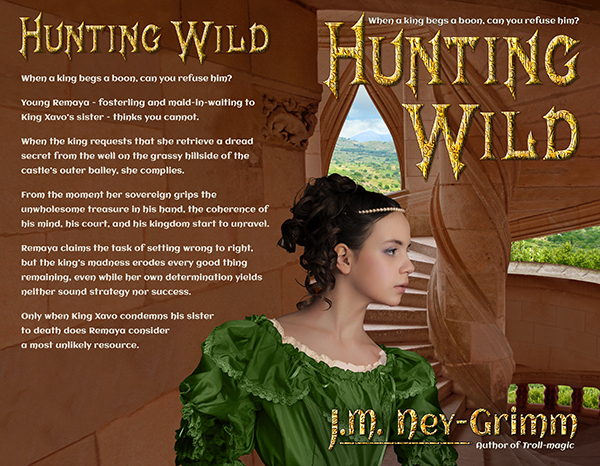When I visit the blogs of my favorite living authors – Lois McMaster Bujold and Robin McKinley – the number one thing I’m looking for is news of their next books.
Is she working on one? What is it about? When will it be in stores so that I can buy it? And read it!

I don’t know if any of my readers feel as passionately about my stories as I do about Bujold’s stories and McKinley’s. Comparing feelings doesn’t really lead far, does it?
It’s sort of like the children’s book Guess How Much I Love You.
I love this book more than the distance to the moon. I love it more than the distance to the moon . . . and back! No, Pluto! Alpha Centauri! And so on.
But I know I do have a few fans who are probably wondering when my next title will appear. It’s been nearly a year since I’ve released anything new.
To those of you wondering and waiting, rest assured that I have been writing. A lot! And all this writing has been piling up into books.
Where are the books?
I have two that are ready to release. I always intended to release Serpent’s Foe, which appeared in Quantum Zoo, solo – for readers who don’t care for anthologies.
Serpent’s Foe is ready for release: cover complete, story file formatted.
Winter Glory is also ready for release: cover complete and story file formatted for upload.
In fact, not only are the ebook editions ready, but the trade paperback editions are also ready.
What am I waiting for?
I’d really like to increase my visibility. A number of readers have contacted me or written reviews saying they were delighted to have found my books. A recurring phrase is: “hidden gem.”
Naturally I love the idea that my books are gems. But I’m not so keen about the “hidden” part. I’d like to have more readers.
Almost a year ago, I read about something called the “Liliana Nirvana technique” on a blog written by SF author Hugh Howey.
The technique is simple: release five books on the same day.
Why? Because your visibility will soar. With five titles appearing on the “New Releases” lists, browsing readers will see your name more than once and be more likely to remember you, to check out your books, and to consider reading them.
If this were just a theory, I’d be skeptical. But quite a few writers have tried the technique with excellent results.
Honestly, I’m still skeptical.
But I’ve not gotten to where I am by staying with the tried and true. New ideas and new ways – and sometimes old ways that are so old they’re new – have always attracted me.
So I’m going to give the Liliana Nirvana technique a try.
 However, the wait for my five new titles shouldn’t be much longer. September is looking good for their publication.
However, the wait for my five new titles shouldn’t be much longer. September is looking good for their publication.
Hunting Wild is with my proofreader. When it comes back from her, I’ll correct the typos and format the file. It’s a few hours work at most. And the cover is already complete.
Caught in Amber is with my third beta reader. Normally, my books go through only two beta readers, but I made so many revisions to Amber I wanted a third reader’s eyes on it to be sure I got it right. The cover for Caught in Amber is already complete.
I’m still writing the fifth book – Fate’s Door – but I’m closing in on the end. The last fifth of the novel, in fact. The word count currently stands at 80,000!
I’m a writer who picks up steam through a book. I start out slow, achieve a respectable speed through the middle, and then barrel through the end like an express train.
I expect to finish Fate’s Door by the end of May. Then the manuscript goes to my first reader, then my second reader, and then (after my revisions) to my proofreader.
So what exactly will come your way in September? Here’s the list:
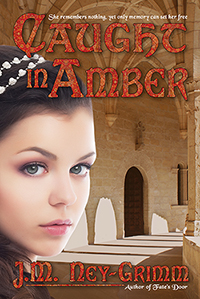 Caught in Amber • When young Fae awakens in a locked and deserted castle, she remembers nothing. Who she is, where she comes from, none of it.
Caught in Amber • When young Fae awakens in a locked and deserted castle, she remembers nothing. Who she is, where she comes from, none of it.
Beauty from all the ages – medieval, renaissance, and gothic – graces her surroundings, but underneath the loveliness a lurking evil stirs.
Fae must recover her memories and discern the true nature of the challenge before her, while she confronts the castle’s dangers – both subtle and not so subtle.
Somewhere in her forgotten past lies the key to her freedom.
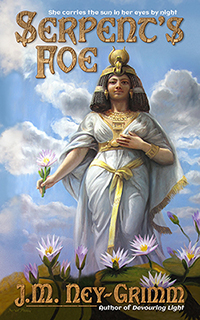 Serpent’s Foe • Bastet, divine protectress of the gods themselves, lies defeated in a cage.
Serpent’s Foe • Bastet, divine protectress of the gods themselves, lies defeated in a cage.
Trapped in beast form, imprisoned behind bars, and confused by nightmares, she struggles to regain her sanity.
Yet clarity of mind is only the beginning of her fight for freedom. In the dimness of the ancient Egyptian duat – where Ra journeys from sundown to sunup – a potent enemy lurks.
When strength battles compassion, what guise must victory assume?
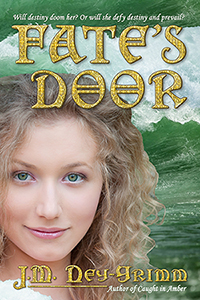 Fate’s Door • Secrets, like troubles, come in threes. When you possess one of either, two more arrive to keep it company. Nerine, a sea nymph of the ancient world, knows too much about both.
Fate’s Door • Secrets, like troubles, come in threes. When you possess one of either, two more arrive to keep it company. Nerine, a sea nymph of the ancient world, knows too much about both.
Each morning, in the chill before the sun’s rising, Nerine and the three Fates stand under the mighty branches of the World Tree, gazing into the depths of the root-girdled Well of Destiny, watching the dooms that must come to pass that day.
But when the dawn’s visions show Nerine’s lover, shipwrecked and drowning, all her renounced yearning for him rises anew.
Somehow – this day, this morning, this time – Nerine must subvert destiny or lose the companion of her heart forever.
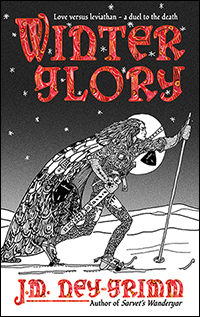 Winter Glory • In the cold, forested North-lands – prowled by trolls and ice tigers, redolent with the aroma of pine, and shrouded in snow – Ivvar seeks only to meet his newborn great granddaughter.
Winter Glory • In the cold, forested North-lands – prowled by trolls and ice tigers, redolent with the aroma of pine, and shrouded in snow – Ivvar seeks only to meet his newborn great granddaughter.
Someone else has the same plan.
Traversing the wilderness toward the infant’s home camp, Ivvar must face the woman he once cherished and an ancient leviathan of the chilly woodlands in a complicated dance of love and death.
Ivvar’s second chance at happiness – and his life – hang in the balance.
 Hunting Wild • When a king begs a boon, can you refuse him? Young Remeya – fosterling and maid-in-waiting to King Xavo’s sister – thinks you cannot.
Hunting Wild • When a king begs a boon, can you refuse him? Young Remeya – fosterling and maid-in-waiting to King Xavo’s sister – thinks you cannot.
Her king requests that she retrieve a dread secret from the well on the grassy hillside of his castle’s outer bailey, and she complies. From the moment her sovereign grips the unwholesome treasure in his hand, the coherence of his mind, his court, and his kingdom start to unravel.
So…get ready to binge on a handful of new stories in the fall! 😀


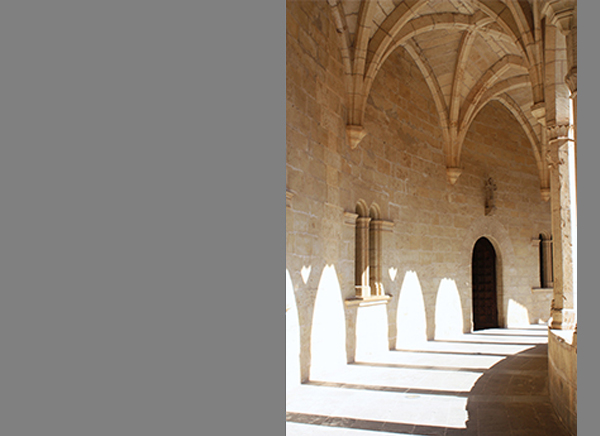
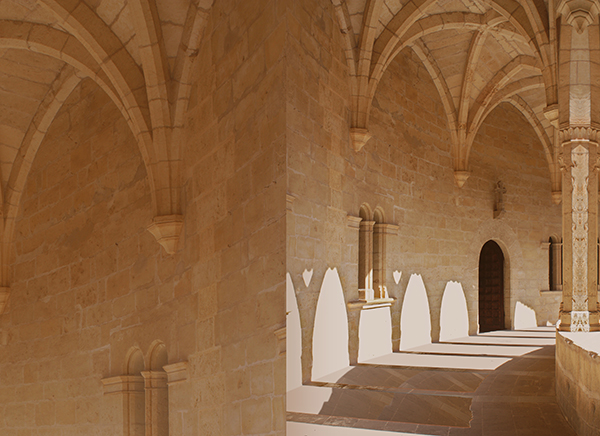



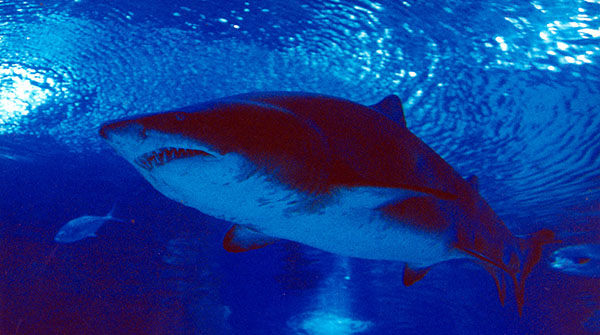
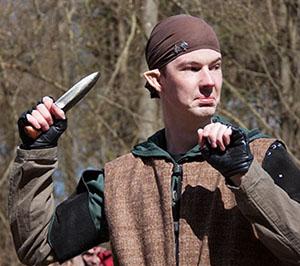


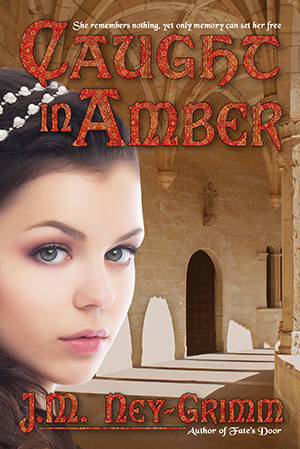
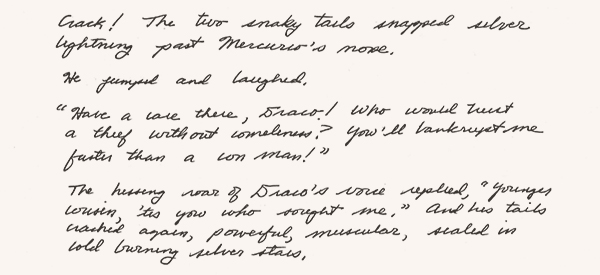

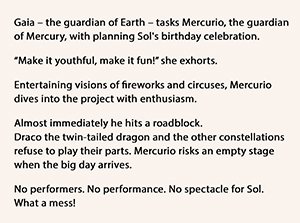 The Blurb
The Blurb
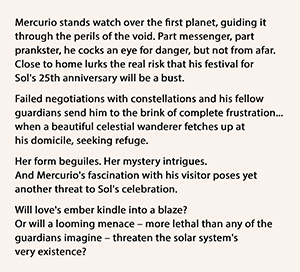 Blurb, Round 2
Blurb, Round 2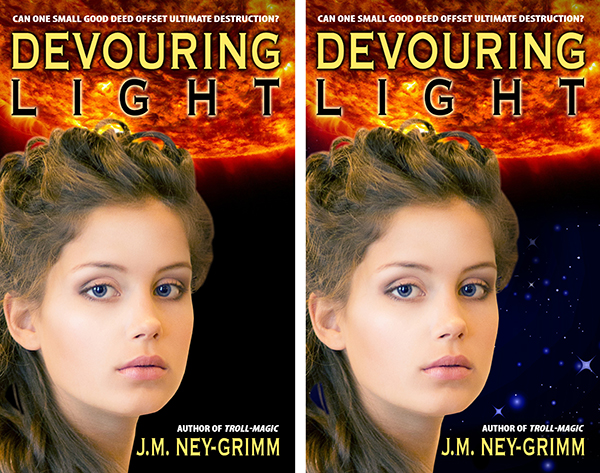
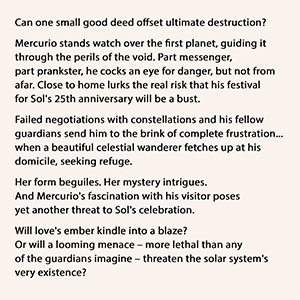 Blurb, Round 3
Blurb, Round 3
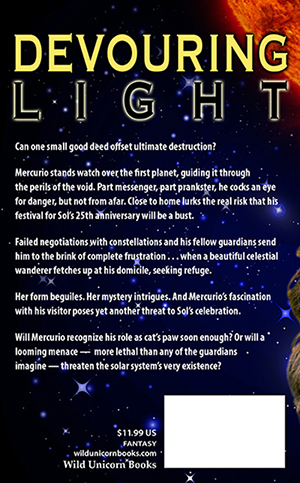 Blurb, Round 4
Blurb, Round 4